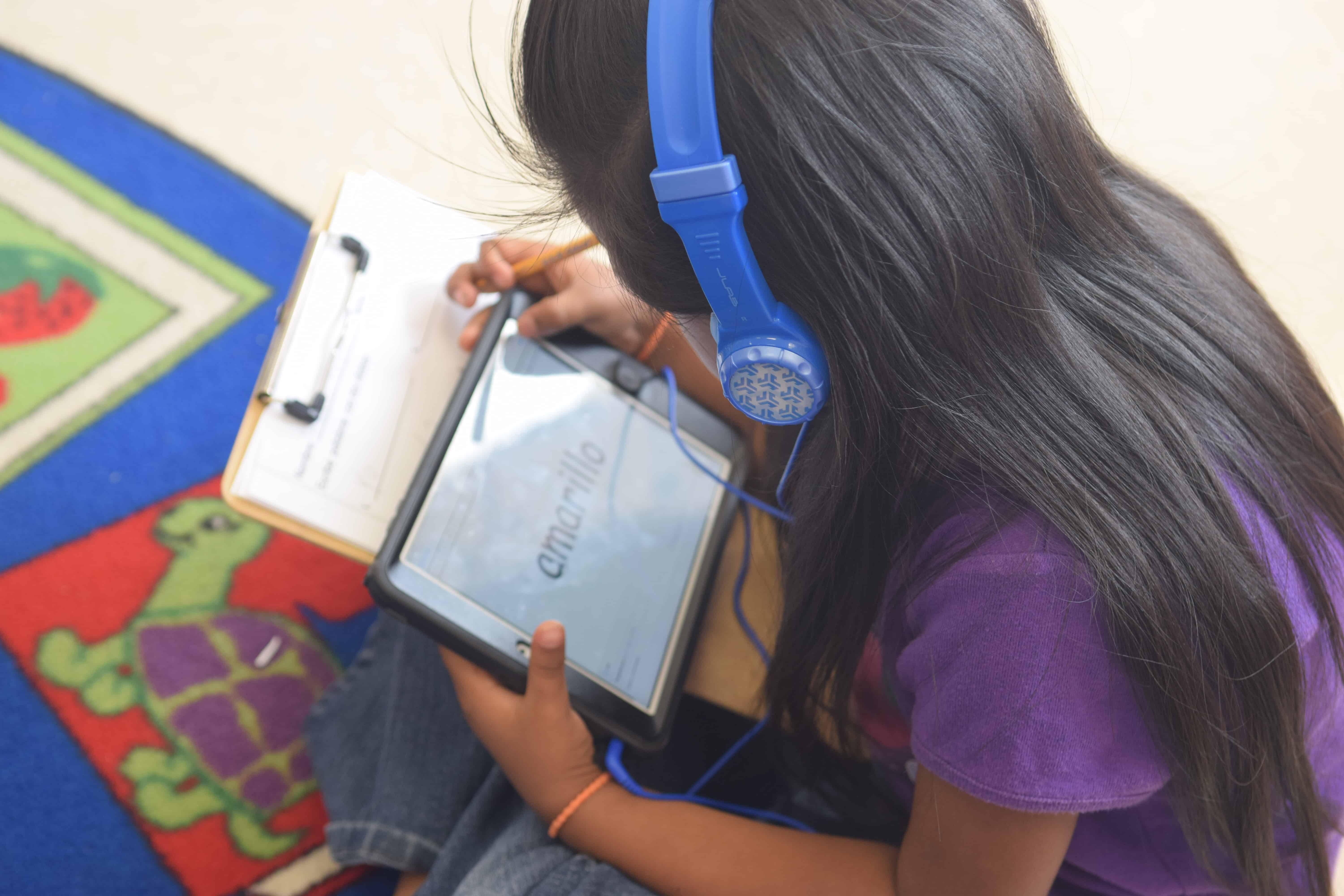School classrooms across North Carolina have changed radically in recent decades. Today’s students read materials on tablet computers rather than in textbooks, take notes from lessons written on digital boards rather than on blackboards, and collaborate actively in teams rather than sitting passively at their desks.
Perhaps the most striking change, however, is one that is too often overlooked: the unprecedented racial and ethnic diversity of the children now studying in the state’s classrooms.
North Carolina’s child population long consisted predominately of White and African-American individuals, along with notable concentrations of Native American children in specific communities. As late as the 1990 Census, non-Hispanic White and African-American children accounted for 95.3 percent of all North Carolina children under age 18, as well as the bulk of children under age 5, children ages 5 to 14, and children ages 15 to 17.
Twenty years later, North Carolina’s child population was much larger. From 1990 to 2010, the child population grew by 42.1 percent, rising to 2.3 million from 1.6 million. That gain stemmed from the movement of more people into the state than moved away, as well as from births, including a rebound from the “Baby Bust” of the 1970s. According to the 2010 Census, 24 of every 100 North Carolinians were children. Of those children, 27.7 percent were under age 5, and 55.5 percent were ages 5 to 14; children ages 15 to 17 formed the remaining 16.8 percent.
Not only was the state’s child population larger in 2010 than in 1990, but it was more diverse. In 2010, some 45 of every 100 North Carolina children were children of color. Non-Hispanic White children were the largest group (55.4 percent), followed by African-American (24.2 percent), Hispanic (13.5 percent), Asian (2.4 percent), and Native American (1.5 percent) children, with children from other groups contributing the balance.
Increasing diversity was evident in every broad childhood age group.
Increasing diversity was evident in every broad childhood age group. Statewide, 43 of every 100 children ages 15 to 17 in 2010 were persons of color, as were 44 of every 100 children ages 5 to 14 and 48 of every 100 children under the age of 5. Further evidence of the inverse relationship between age and diversity was reflected in the fact that Hispanic and Asian children accounted for nearly one-fifth of children under the age of 5 versus one-eighth of all children ages 15 and 17.
Changing child demographics have occurred statewide.
Changing child demographics have occurred statewide. In 2010, children of color accounted for at least 45 percent of the child population in 41 of 100 counties. Robeson County’s child population was the state’s most diverse due to sizable Native American and African-American populations. Other counties with notably diverse child populations included many in Eastern North Carolina (e.g., Bertie and Edgecombe), assorted metropolitan counties (e.g., Durham and Forsyth), and several military-dependent communities (e.g., Cumberland and Wayne).
Shifts in how the US Census Bureau defines race and ethnicity limit the drawing of historical comparisons. A review of comparable data from the 2000 and 2010 decennial enumerations, however, indicates that the share of children who were persons of color rose in 91 counties, with many of the largest percentage point gains occurring in metropolitan counties like Mecklenburg and Wake. Such increases occurred in every childhood age group, with the share of the population under age 5 consisting of children of color rising in 97 counties; the corresponding shares of the populations ages 5 to 14 and ages 15 to 17 rose in 84 and 83 counties, respectively.
The increased diversity of the child population is inseparable from the rapid growth in the state’s Hispanic population. From 2000 to 2010, the number of Hispanic children in North Carolina jumped by 156.3 percent, rising to 307,790 from 120,090; this gain of 187,700 children drove 59.1 percent of the growth in the state’s entire child population. And, the number of Hispanic children rose in every county.
The extraordinary diversity of North Carolina’s children is an emerging asset.
A generation of children accustomed to dealing with peers of different backgrounds is coming of age, and these children should be adept at navigating a complex, culturally interconnected world. Yet many of the same children confront serious social, economic, and educational obstacles—obstacles that civic leaders may not fully appreciate given how much less diverse older age cohorts are. Eliminating those obstacles, however, is indispensable to harnessing the potential of the children on whom North Carolina’s future depends.
Explore the data in the spreadsheet below.





